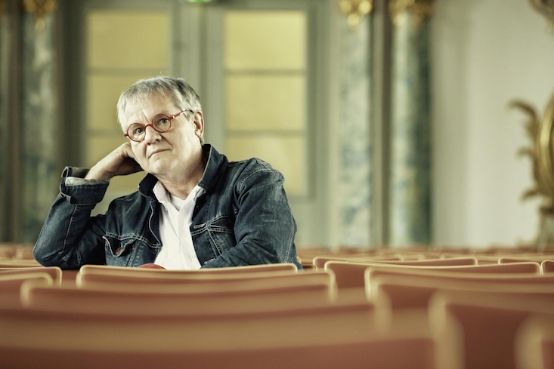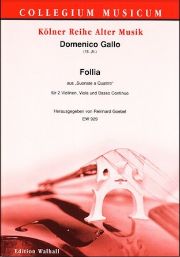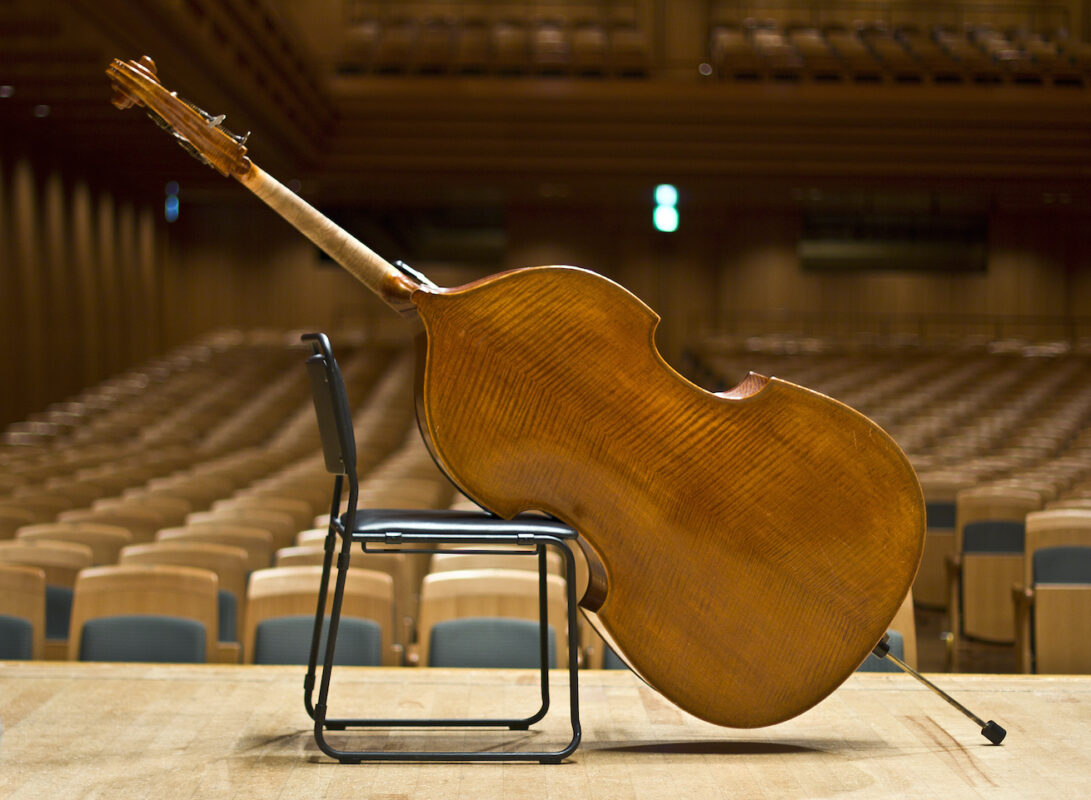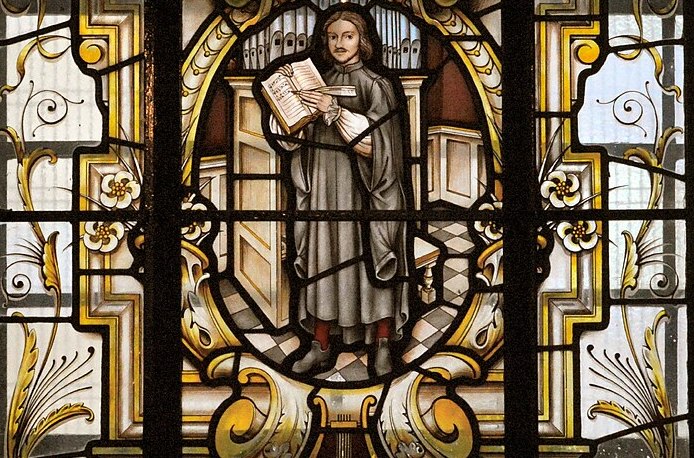Follia variations in gallant style
Reinhard Goebel has published a part of the "Suonate a Quattro" by the 18th century Italian composer Do-menico Gallo for the first time.

An edition edited and arranged for strings by Reinhard Goebel already has a special value! The violinist, founder of the ensemble Musica Antiqua Köln (since 1973), conductor and lecturer at the Mozarteum Salzburg is regarded as one of the most competent and well-read specialists in historically informed performance practice, but also as a controversial and trenchant musical personality.
With the Follia Variations by the Italian, presumably Neapolitan composer Domenico Gallo (18th century, dates of life are not known), presented here as a first edition, Reinhard Goebel has unearthed a delightful treasure of the "gallant style" from the holdings of the Conservatorio Benedetto Marcello - Fondo Giustiniano in Venice. It is the twelfth work in a collection of Suonate a Quattro. The "Standard" Les Folies d'Espagne dates back to the 16th century and served as a popular model for instrumental variations in Baroque music. The most popular folies or follies are by Lully, Marais, Corelli, Scarlatti and Geminiani, for example, but Bach (Peasant Cantata, No. 8 Aria) and Handel (Sarabande in D minor from the Suite HWV 437) also used this pattern.
Domenico Gallo varies the standard very imaginatively in his string section. According to Reinhard Goebel, this can be played with a chamber orchestra, but also with a quartet plus harpsichord or another continuo instrument. The individual parts are shown to their best advantage; this is not a "concerto for first violin"! However, the work makes some technical demands on all performers. The character of the individual variations is varied. In his preface, Reinhard Goebel also gives useful tips on how to deal with the tempo indications and the traditional ornamentation markings. His string writing gives the articulations a clear character, but is not obtrusively notated. A figure is only provided with bowings and articulations when it first appears. Those who reject this arrangement therefore do not have to overwrite everything. Max Volbers' harpsichord part is also written in four parts, without any "artistic pretensions". If you want to make additions, you can use the numbers given as a guide. The edition contains a double string section for the orchestral performance.
Domenico Gallo: Follia from "Suonate a Quattro" for two violins, viola and basso continuo, first edition by Reinhard Goebel, Collegium Musicum - Kölner Reihe Alter Musik, EW 929, € 19.80, Edition Walhall, Magdeburg 2016









